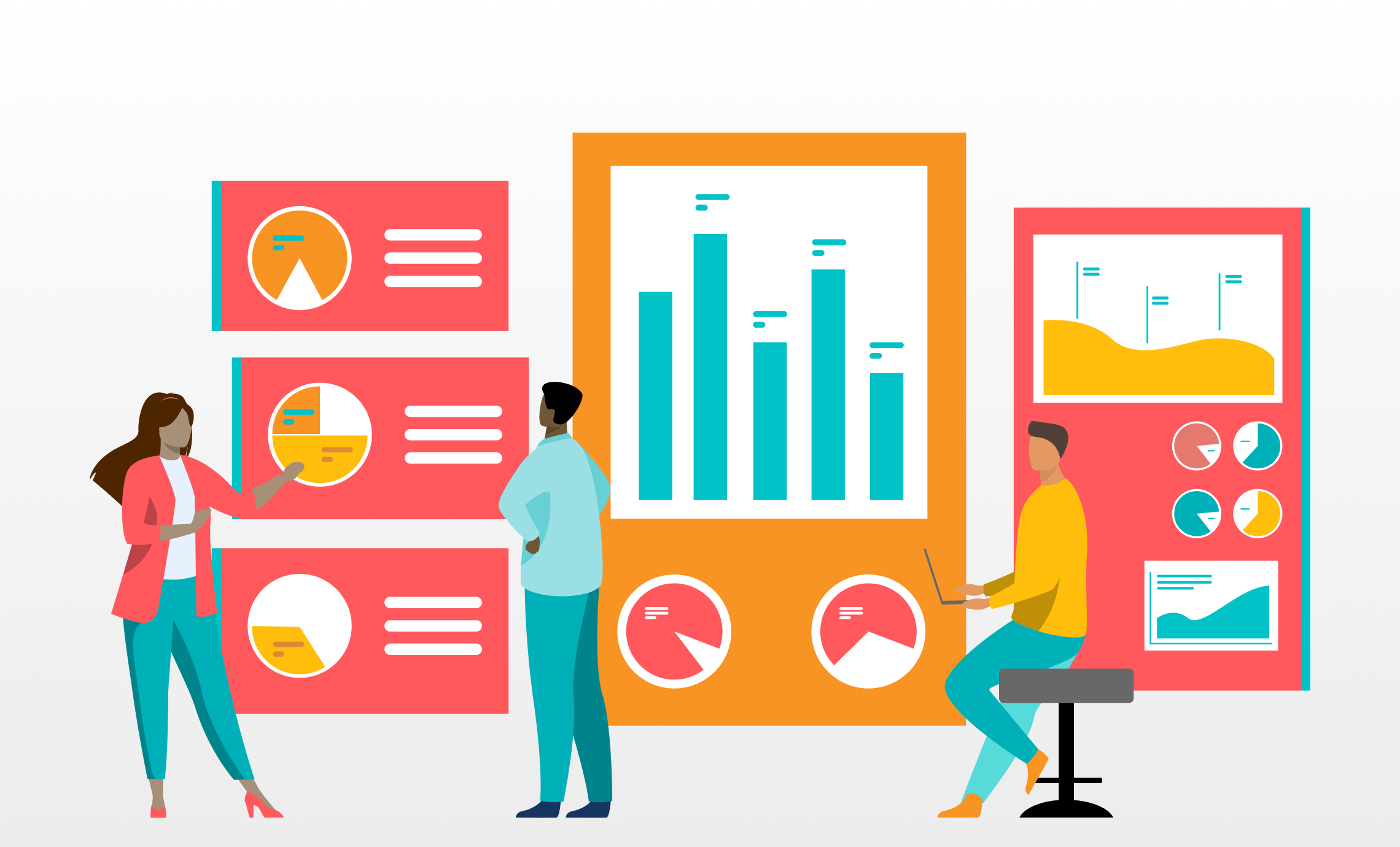Surveys and polling are some of the prime ways you can get event attendee and association member feedback. It’s crucial information that can drive future event session topics, the overall direction of an association, advocacy issues that resonate with members…so much can be gleaned from these answers. So how do you get the best information? The following tips may seem obvious, but you should always keep them top of mind in crafting your polling and surveys.
First of all, what are the differences between surveys and polling?
Polling is generally used to ask one or two simple questions and is a good way to see which way the winds are blowing. With one or two questions and multiple answer alternatives you can get responses from hundreds to thousands of stakeholders to point you in the right direction. A survey is more detailed, and generally will ask for views on something in a broader range. A poll can be completed in seconds. A survey may require more time from participants. The questions require more thought.
1. Make sure to ask only the questions that you really need the answers to.
You don’t need to saturate your audience with tons of questions. You won’t get the buy-in you are looking for. So focus on what you really want to know and don’t add a lot of extraneous questions.
2. Focus more on close ended questions.
Asking open-ended questions will get your audience to tune out quicker than you want. Focus on questions that can be completed in minutes. Remember, everyone’s time is precious and they don’t want to waste it.
3. Be extremely clear on the ask
Make sure your questions are clear and that you are very specific on the ask.
4. Be careful to make your survey questions neutral.
Don’t ask leading questions, like “Was this session overly long?” which implies it was long. Instead ask, “Did this session last for the appropriate amount of time?”
5. Balance your answer options so you get enough feedback to make judgement.
For example, don’t give “helpful” or “unhelpful” as multiple choice answers. Instead give “not helpful”, “somewhat helpful”, “neither helpful or unhelpful”, “helpful”, “very helpful”. That gives you much more ability to evaluate because you don’t have bright lines drawn.
6. Different people respond differently to different questions, so pre-test your questions on different types of respondents.
Design your questions so they are impartial, and worded so that respondents process the questions in an identical manner.
7. Don’t ask two things in one question.
Are our account representatives nice to work with, and are our products reliable?
These are two separate thoughts. Each should be a separate question.
8. Make sure your questions are different.
Don’t ask the same thing multiple times. Imagine how annoying that is to get asked the same thing again and again, even if it is differently worded. If you have to do that, space the questions far from each other.
9. Make all your questions optional to answer.
Sometimes people just don’t want to answer a question. So always give them an “out”.
10. Always do a “test drive” of your survey or poll.
Share with colleagues so that mistakes will be found before it’s put out there to the wider audience.


